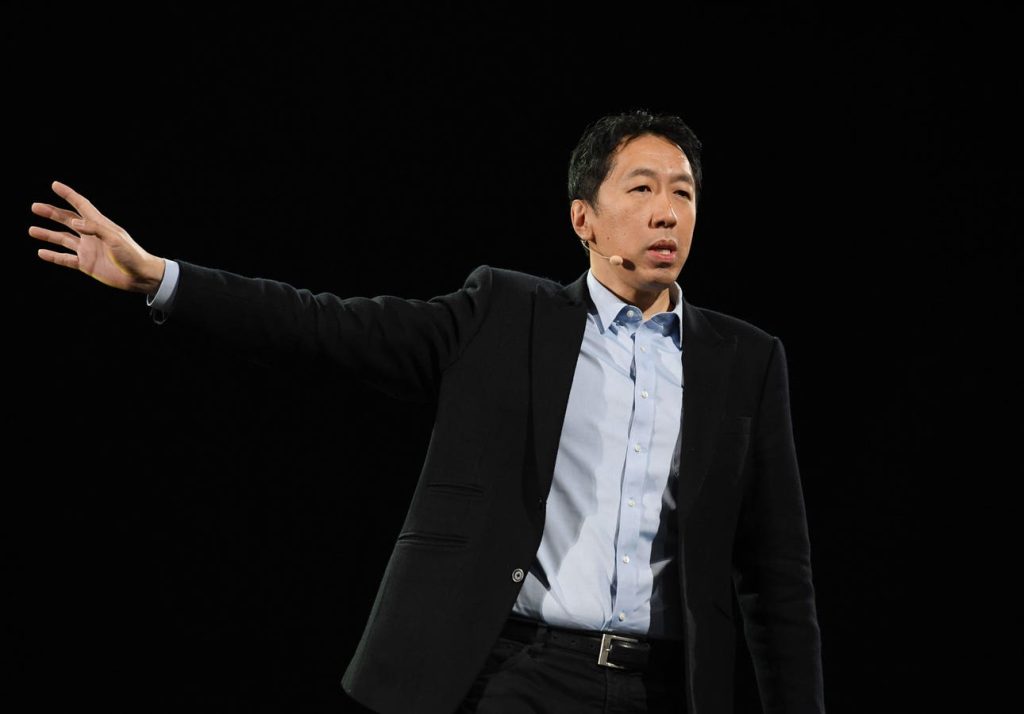Andrew Ng’s startup LandingAI wants to make agentic AI the backbone of enterprise document processing with ADE 2.0. (Photo by Mark RALSTON / AFP) (Photo credit should read MARK RALSTON/AFP via Getty Images)
AFP via Getty Images
The messy reality of enterprise documents has long been a wrestling match. Contracts arrive with embedded signatures, invoices are scanned at awkward angles, and compliance files are littered with checkboxes, seals and stamps. While large language models (LLMs) within enterprise workflows have proved to be powerful and productive, they often stumble when faced with this kind of complexity.
But, computer scientist and technology entrepreneur Andrew Ng believes the solution isn’t stretching general-purpose AI to its limits, but creating specialized agentic intelligence. His company, Landing AI, has introduced ADE DPT-2, the next generation of its Agentic Document Extraction platform, powered by a new AI model named Document Pre-trained Transformer (DPT-2).
“By working on practical documents, we developed the DPT, which we are able to deploy and use to serve customers quickly,” Andrew Ng, executive chairman and founder of Landing AI, told me. “Agentic workflows can iteratively sample input data and give much better output than non-agentic workflows. Just as a human will examine a document by breaking it down into subparts and then examining, arriving at a much better understanding and our ADE system does so too.”
Documents remain the lifeblood of enterprise decision-making. The problem is that key details often hide in nonstandard formats. A missing signature can delay a loan approval, or a misread figure in a patient record can lead to errors in treatment.
Dan Maloney, CEO of LandingAI, said document intelligence was once considered a niche problem because earlier technology could handle only a limited range of document types with modest accuracy. However, that is no longer the case.
“With approaches like agentic reasoning, document intelligence has moved from point-solution status to a core enterprise capability, solving unstructured data challenges at scale across healthcare, financial services, legal and compliance,” he said.
Specialized AI Over One-Size-Fits-All Models
The upgraded platform represents more than a technical refresh. Instead of relying on a single massive model to guess its way through noise, the DPT-2 AI model uses targeted strategies to capture nuance with precision. Launched just six months after the debut version, ADE DPT-2 can parse tables without gridlines, reconstruct merged cells and preserve values in ways that let users trace every piece of data back to its source. It can identify logos, seals, and small figures without adding irrelevant details. Sharper layout detection captures stamps in tables for compliance workflows, while the agentic AI model also recognizes signatures, checkboxes, barcodes, QR codes and ID cards.
Andrew Ng explained the philosophy behind this approach: “We’re past the era of one-size-fits-all models. Just as we use different processors today for different workloads (your smartwatch has a less powerful processor than your laptop, which is less powerful than the data center), for AI workloads too, we need different types and amounts of intelligence to do different things.”
The company claims that industries most primed for adoption are also those with the highest demand for accuracy. Finance can speed loan approvals by extracting and validating contracts; Healthcare can capture patient forms and lab reports with precision; Insurance can process handwritten or stamped claims without losing context. For CEOs, this means shorter cycles, fewer compliance risks, and stronger compliance.
“For HealthTech and FinTech vendors, ADE becomes the embedded intelligence layer that lets their platforms differentiate with faster onboarding, more accurate reporting, and higher compliance assurance,” Maloney told me.
He explained that reaching this scale required disciplined choices in both product design and infrastructure. The team built schema-aware pipelines to keep extraction reliable across millions of document variations, and adopted horizontal GPU scaling to handle bursts of millions of pages per day without performance loss. To drive adoption, the company added native integrations with platforms such as ServiceNow, Snowflake, and SAP, enabling customers to operationalize extracted data directly within their existing systems of record. A credit-based metering model within the platform helps enterprises manage unpredictable workloads.
Now available via API, Landing AI claims that early users of ADE reported dramatic time savings, with some organizations reducing the hours spent searching documents for information by up to 90 percent. Moreover, the company has positioned its Parse API to convert documents into structured markdown and semantic chunks, making information more accessible, while the Extract API focuses on schema-driven field extraction. Both ensure outputs remain grounded in the original document, reinforcing trust in the results.
Document Intelligence as a Core Enterprise Building Block
Tech giants including OpenAI, Microsoft and Google, continue pushing their foundation models into enterprise workflows, while Salesforce extends its AI-embedded customer platforms. LandingAI, however, is charting a different course.
Its strategy hinges on specialization, not scale, arguing that enterprises demand precision, explainability, and solutions built for specific pain points rather than one-size-fits-all models. Its wager is that in the age of agentic AI, models won’t just process information; they will truly understand it. And that understanding may be the key to how organizations make decisions, scale operations, and build trust in the next era of enterprise technology.
“Document intelligence is a key building block, among others. AI can now process unstructured information in a way not possible 2 years ago. So the value of getting that data out of documents is now massively greater,” said Andrew Ng. “It is a key building block that will be used alongside many others (such general-purpose LLMs, RAG, and so on).”


